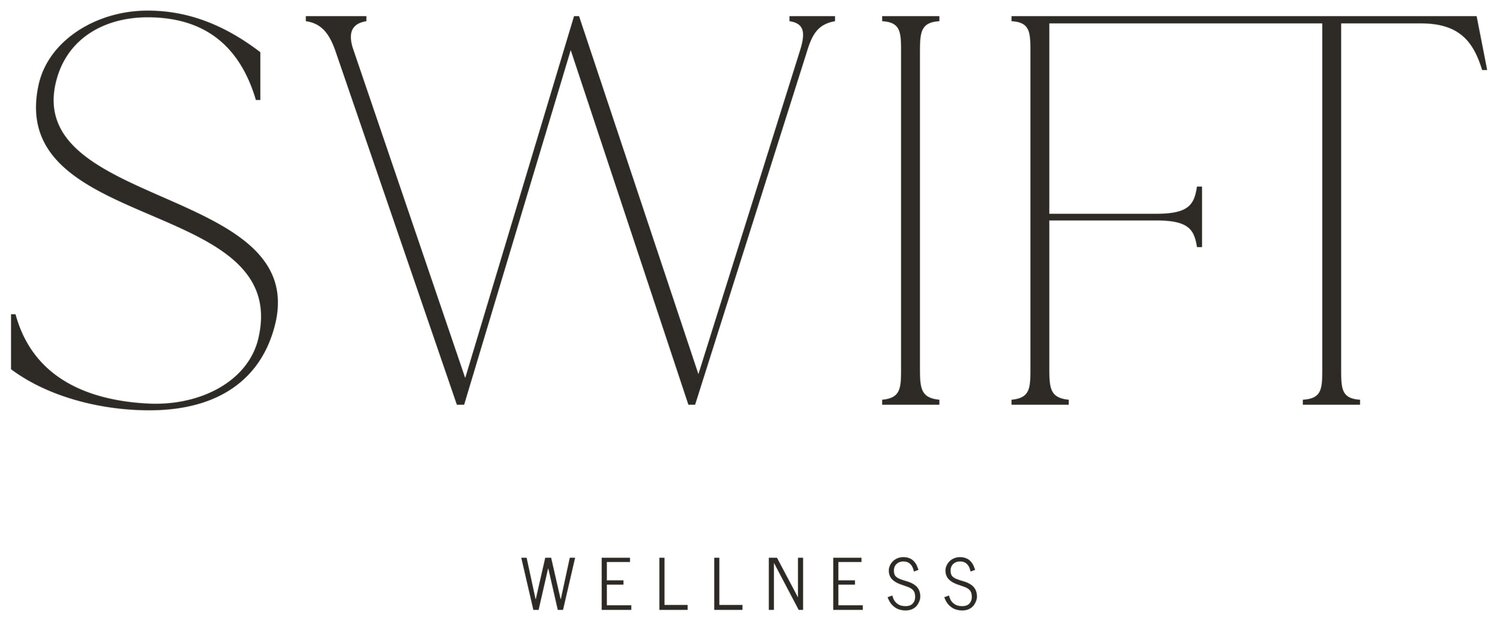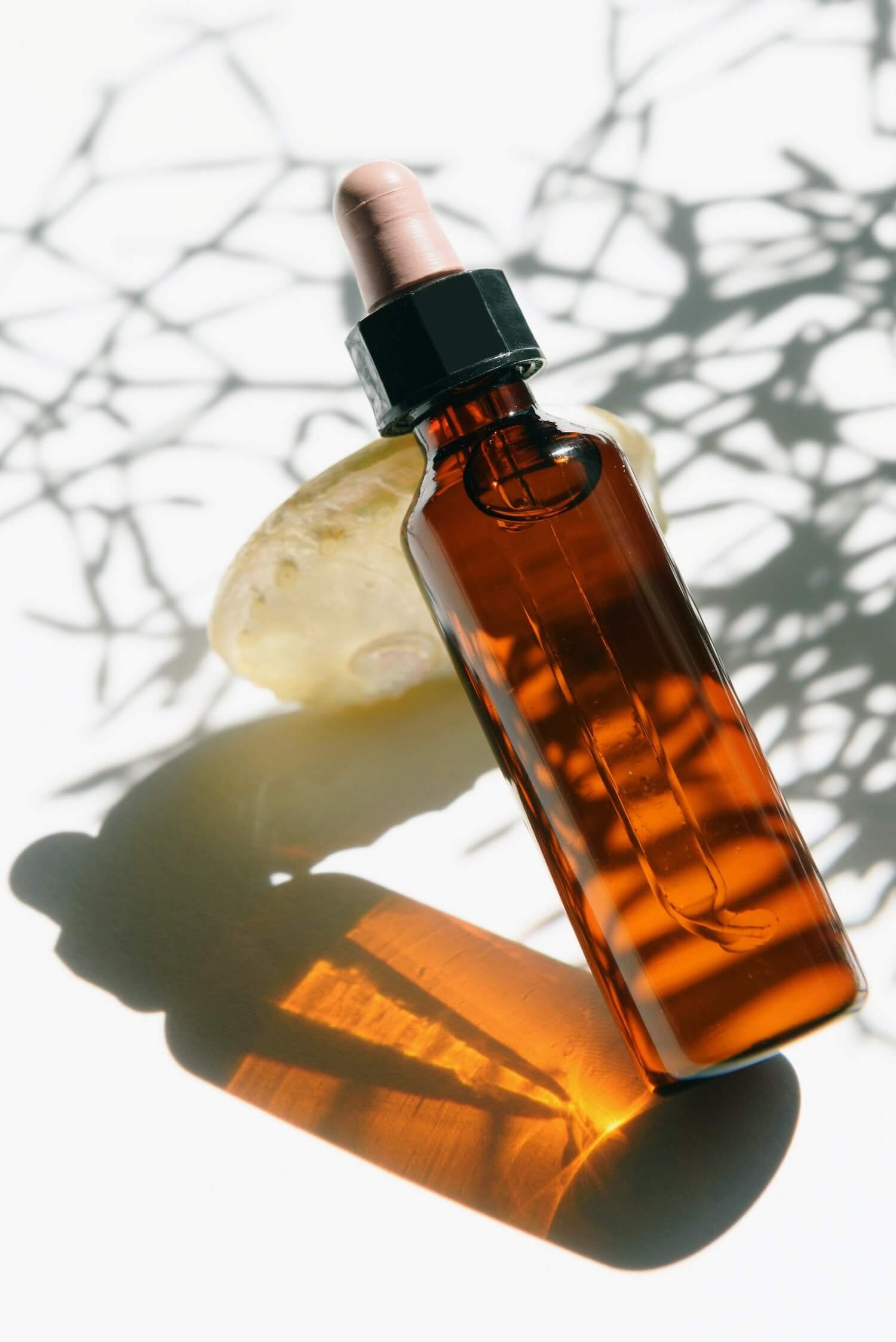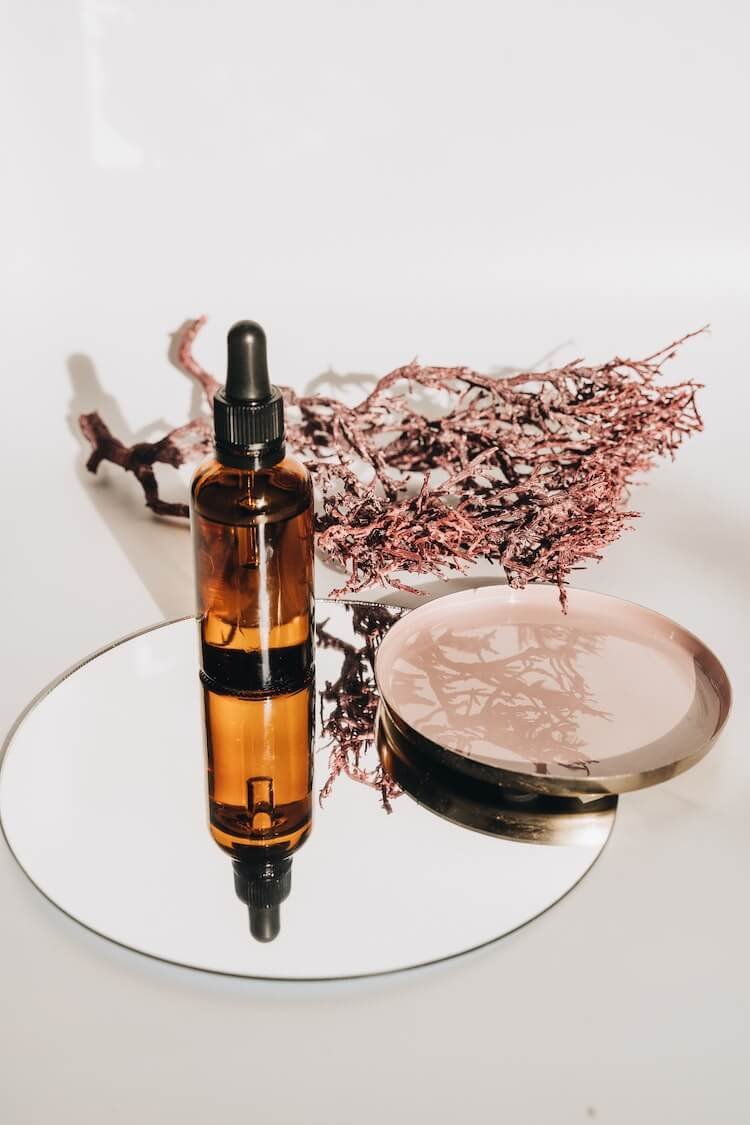Does Your Skin Need An Oil Cleanse? The Answer Might Surprise You
This page may contain affiliate links. As an Amazon affiliate, we may earn a small commission for any purchases made through these links. Click here for the disclosure statement.
Oil cleansing is a face wash method that is growing in popularity. If you’ve ever joined the K-beauty multi-step trend, then you’ve probably given an oil cleanser a try.
Still, an oil cleanse may sound like a bit of a contradiction at first. I mean, how are oils supposed to clean our face when we’ve been taught for so long that they can be damaging? Let’s just say we weren’t always led to believe the full truth. In fact, an oil cleanse might be the new step you didn’t know you needed in your skincare routine.
What is An Oil Cleanse?
An oil cleanse is done by using an all-natural oil or oil cleanser to wash and clean your skin, especially your face. Traditional cleansers often seen in media and advertising do not always wash our faces as safely as we would like. For example, harsh face washes advertising their ability to prevent acne often strip our skin of all bacteria—good and bad—and dry it out in this process. This extreme dryness and absence of good bacteria and microbes not only can cause an imbalance in our skin’s natural barrier, but in some cases, can actually lead to acne, blemishes, and other skin concerns. Oil cleansers are much less likely to result in these adverse effects.
Science tells us that “like dissolves like” and oil cleansing shows us how. The cleansing oil bonds with sebum, dirt, and oils on your skin as you gently rub it into your skin. Therefore when you rinse, the grime of the day washes away, too. The best part? Oil cleansing is not as likely to lead to negative side effects compared to traditional cleansers. In fact, oils can actually nourish your skin during the face wash process.
What Are The Benefits of Oil Cleansing?
One of the greatest benefits of oil cleansing is that it’s often an all-natural face wash. While store-bought cleansers are beneficial, a “DIY” oil cleanse is just as effective and can be 100% vegan. The exact benefits of an oil cleanse can vary depending on the oil (or oils) that you use. For example, plant-based oils are typically the best cleansing oils, and any oil you choose should be high-quality, cold-processed, and minimally processed to get the best results. Some general benefits of cleansing with plant oils include: supplying skin with antioxidants and fatty acids, wound healing, skin barrier nourishment, inflammation reduction, and more.
What Is The Best Cleansing Oil?
The best cleansing oil depends on your skin’s unique needs. Here are some of the most popular cleansing oils and how they benefit you and your skin.
Coconut Oil
Coconut oil is a budget-friendly cleansing oil for those just starting out. I know, I know. Coconut oil seems to make it on every natural beauty list. Well, that’s because it’s tried and true (for most). This common oil’s many properties include anti-inflammatory, anti-bacterial, and anti-fungal properties that’ll also give you a good cleanse. It also contains vitamin E and fatty acids for hydration and moisture retention. As an added bonus, a coconut oil cleanse for the face even works as a natural sunscreen.
Image: Amazon
100% RAW Coconut Oil
Coco&Co
Olive Oil
Olive oil is rich in oleic acid making it a perfect moisturizing oil cleanser for dry skin. Other benefits of this cleansing oil include wound healing properties, antioxidants, and inflammation reduction and prevention.
Image: Amazon
Extra Virgin Organic Olive Oil
Tropical Holistic
Jojoba Oil
Jojoba oil is unique in that it nearly mirrors the natural oils of our skin. This means it can naturally assimilate to your skin’s needs by, for example, restoring necessary sebum and preventing acne. This powerfully hydrating emollient may also reduce scarring, skin concerns like eczema, and inflammation.
Image: Amazon
100% Pure & Natural Jojoba Oil
Handcraft Blends
Sunflower Oil
Sunflower oil is an ideal natural cleanser for oily skin as it is rich in linoleic acid—an acid that naturally hydrates, promotes cellular turnover, plumps, and strengthens the skin’s barrier. This lightweight oil is also known to prevent wrinkles and other signs of aging.
Image: Amazon
Pure Sunflower Oil
Maple Holistics
Rosehip Oil
Rosehip oil is another plant-based oil rich in linoleic acid. This dry oil is high in essential fatty acids, vitamins C, D, E, beta carotene, antioxidants, and anti-inflammatory properties, to name a few. These benefits can result in eczema healing, dark spot reduction, scar treatment, skin rejuvenation, and reduced signs of aging.
Image: Amazon
Cold Pressed Unrefined RoseHip Oil
Premium Nature
Almond Oil
Almond oil has varied benefits, depending on its subtype. The always popular sweet almond oil is known to seal in moisture, reduce signs of aging, and enhance skin tones, whereas some believe that bitter almond oil reduces bacterial and fungal infections, pain, and the appearance of stretch marks. This thin oil is also loved for its usually pleasant smell—which will enhance any face wash experience.
Image: Amazon
Organic Sweet Almond Oil
Sky Organics
Image: Amazon
Bitter Almond Oil
Dr. Joe Lab
Peanut Oil
Peanut oil is a deep cleansing oil that breaks down dirt, sebum, and makeup, making it an ideal cleansing oil. This hydrating natural cleanser also carries anti-inflammatory and analgesic properties that can treat skin concerns, such as rashes. Peanut oil is also known as a natural sunscreen and general healing oil.
Image: Amazon
Organic Peanut Oil
Daana
Note: Be sure to do a quick patch test for any oil you plan to use on your face. This is especially important if for example you have a nut allergy and want to try almond, peanut, or even coconut oil.
How to Do An Oil Cleanse
How do you do an oil cleanse? Or rather, what is the oil cleansing method? Once you’ve figured out the oils that will benefit your skin the most, the next steps are simple—but varied depending on your preference.
Basic Oil Cleansing Method
Step One: Prep Skin
You’ll need dry skin and hands for the oil cleansing method to really work. Some people prefer a double cleanse and remove makeup at this stage. Makeup can be removed with any cleansing oil, but jojoba or sunflower oil seems to be a favorite amongst users. Pick whichever oil you like best, and do not forget to let your skin dry completely!
Step Two: Prep Oil
Here is where you’ll want to make your DIY oil cleanse mixture if you haven’t already. You’ll want to measure about 1-3 tablespoons of oil(s).
Step Three: Massage
This is the most important part. While some say to use your fingers, others use their palms. Regardless of your method, spend about 30 to 60 seconds gently and lovingly massing the cleansing oils into your skin. Allotting this time allows for the cleansing oils to bond with the dirt and oils on your skin properly. You can make this step even more enjoyable by giving yourself a lymph node massage, for a quick spa-like process.
Step Four: Rinse
This step can be done in many ways.
Gently wipe away with a damp washcloth. You can use the popular method of gently wiping away all oils with a warm, damp washcloth.
Leave a warm washcloth on for 30-60 seconds. You can use the relaxing method of placing a hot or warm washcloth on your face for 30 to 60 seconds. The steam may help to open pores and release difficult dirt, making for a deep oil cleanse. Once the time is up, gently wipe all oil away. (You may need to re-wet your washcloth.)
Just use water. You can just use your hands and water. Rinsing oils without a washcloth will ensure the cleansing oil’s benefits (such as moisturizing) stay on your skin. However, it should be noted that your cleansing oil’s properties are likely to remain, even when gently using a washcloth. In any case, you can always apply more oils once the wash is complete, if needed.
Step Five: Optional Drying + Moisturizing
Some may enjoy this step by patting their face dry with a clean towel. This may be especially beneficial for those with oily skin. Because nearly all cleansing oils hydrate, moisturizing afterward is optional but may be desired if you wipe away a little too much oil in the rinse or optional drying steps.
A clean face is essential to every skincare routine, which means that the way we cleanse our face sets the tone for the rest. Depending on the cleansing oil or DIY face wash mixture you use, oil cleansing can remove makeup, rid skin of dirt and grime, and moisturize all at the same time, compressing your skincare routine into just one multipurpose step!
While an oil cleanse can be added to any multi-step, nighttime skincare regimen for additional cleansing and nourishment, it can be really useful on those nights when the last thing you want to do is a half-hour skincare routine. Either way, an oil cleanse is the natural skin treatment your skin will love!














